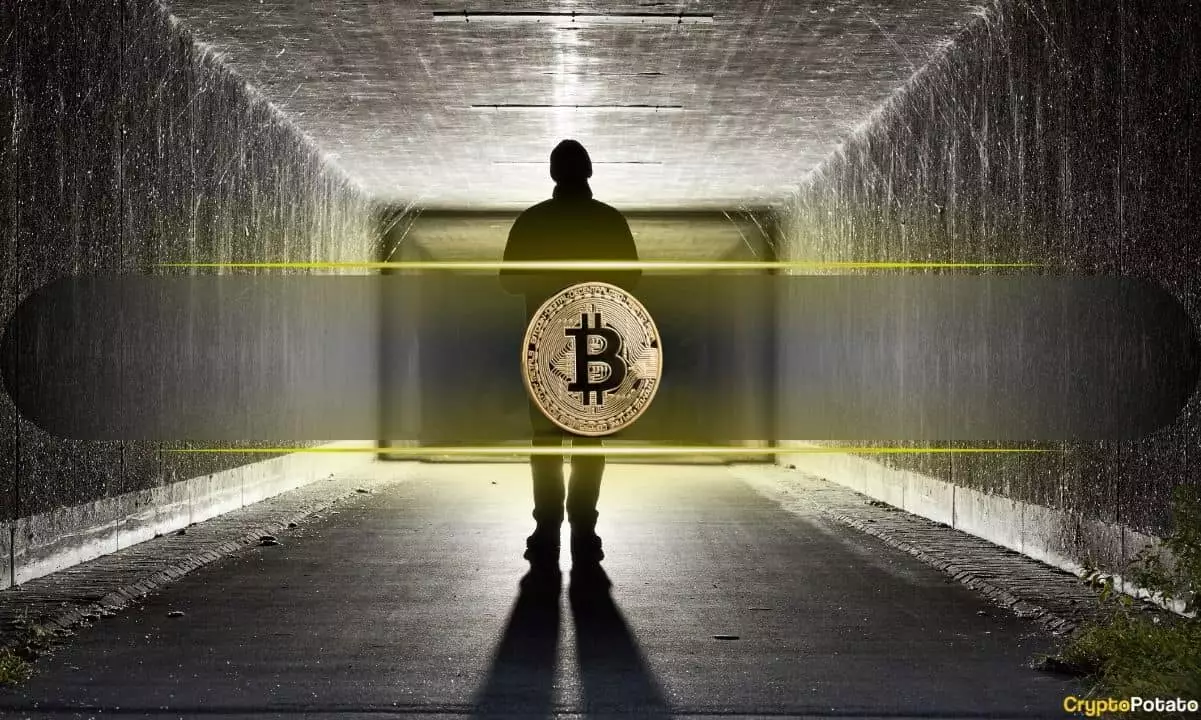The mystery surrounding the identity of Bitcoin’s creator, Satoshi Nakamoto, has captivated the digital currency community since Bitcoin’s inception. Recent findings from Conor Grogan, a director at Coinbase, are shedding light on longstanding questions regarding Nakamoto’s last known activities and implications for cryptocurrencies. Central to Grogan’s findings is the assertion that Nakamoto may have made his last on-chain transaction nearly a decade ago, specifically in 2014. This revelation not only intensifies the intrigue surrounding Nakamoto’s identity but also raises critical questions about early cryptocurrency transactions and their significance in the evolution of the crypto space.
The early days of Bitcoin are often romanticized, filled with intrigue, speculation, and the ambition that accompanied its creation. Grogan’s analysis brings a fresh perspective on these formative moments, particularly his reference to notable transactions associated with a Canadian exchange, Cavirtex. Acquired by Kraken in 2016, Cavirtex may hold essential KYC data that could potentially unlock further secrets about Nakamoto. This retrospective analysis showcases a substantial gap in our understanding of cryptocurrency exchanges’ roles during Bitcoin’s formative years. By scrutinizing these initial dealings, we can begin to formulate a clearer picture of the operational landscape of Bitcoin, providing insight into how Satoshi operated in a world that was less regulated and more experimental.
One fascinating aspect of Grogan’s research is his exploration of what is known as the “Patoshi mining pattern.” This refers to a set of Bitcoin addresses that many believe are linked to Nakamoto. Collectively, these addresses reportedly hold around 1.096 million BTC, a staggering value placing Satoshi among the wealthiest individuals globally, even outpacing tech magnates like Bill Gates. This newfound valuation prompts further exploration into the long-term effects of Nakamoto’s wealth on Bitcoin’s market stability and its community. Melancholically, this raises the question: What would happen to the Bitcoin ecosystem if Satoshi were to resurface or liquidate significant portions of his holdings?
In his analysis, Grogan revealed that of the limited transactions traced to these addresses, a noteworthy one involved sending 200 BTC to a Bitcoin faucet, reminiscent of the early incentivization strategies to encourage Bitcoin adoption. These faucets allowed newcomers to acquire small amounts of Bitcoin with relative ease, fostering grassroots engagement with the blockchain. The nature of these transactions highlights the initial ethos of the BTC community; it was about decentralization, access, and the democratization of financial resources.
Despite Grogan’s investigation providing fresh data points, the underlying questions around Nakamoto’s true identity remain largely unanswered. The name of Len Sassaman, a noted cryptographer involved in the cypherpunk movement, has surfaced as a figure of interest in identifying Nakamoto. His ties to significant figures in the Bitcoin community further complicate the narrative surrounding Nakamoto’s true persona. Nevertheless, speculation without concrete evidence has led us to a plethora of theories that can often overshadow significant progress in understanding Bitcoin’s history.
While Grogan’s analysis has widened the lens through which we view Nakamoto and his legacy, it serves as a reminder of the futility of conjecture rooted in personal beliefs. The tragic demise of Sassaman in 2011 coincides suspiciously with Nakamoto’s final communications, heightening interest but also underscoring the inherent complexities and incomplete nature of historical attribution within the crypto ecosystem. We may never ascertain who Satoshi truly is, but the ongoing research provides a valuable contribution to a narrative still very much in its infancy.
The labyrinthine journey of Satoshi Nakamoto’s documentation is emblematic of the wider discord in the realm of cryptocurrency: a blend of innovation and enigma. As new scholarly insights arise, we must approach them critically and with curiosity. Grogan’s findings not only fuel ongoing speculation but also compel us to embrace a more nuanced analysis of the history of Bitcoin. The true essence of Nakamoto’s contributions transcends individual identity, challenging us to reflect on the implications of creation, anonymity, and the evolving role of central exchanges in the decentralized world. The search for Satoshi may ultimately be as significant as the currency he created—an endless quest bound to the shifting sands of time.

